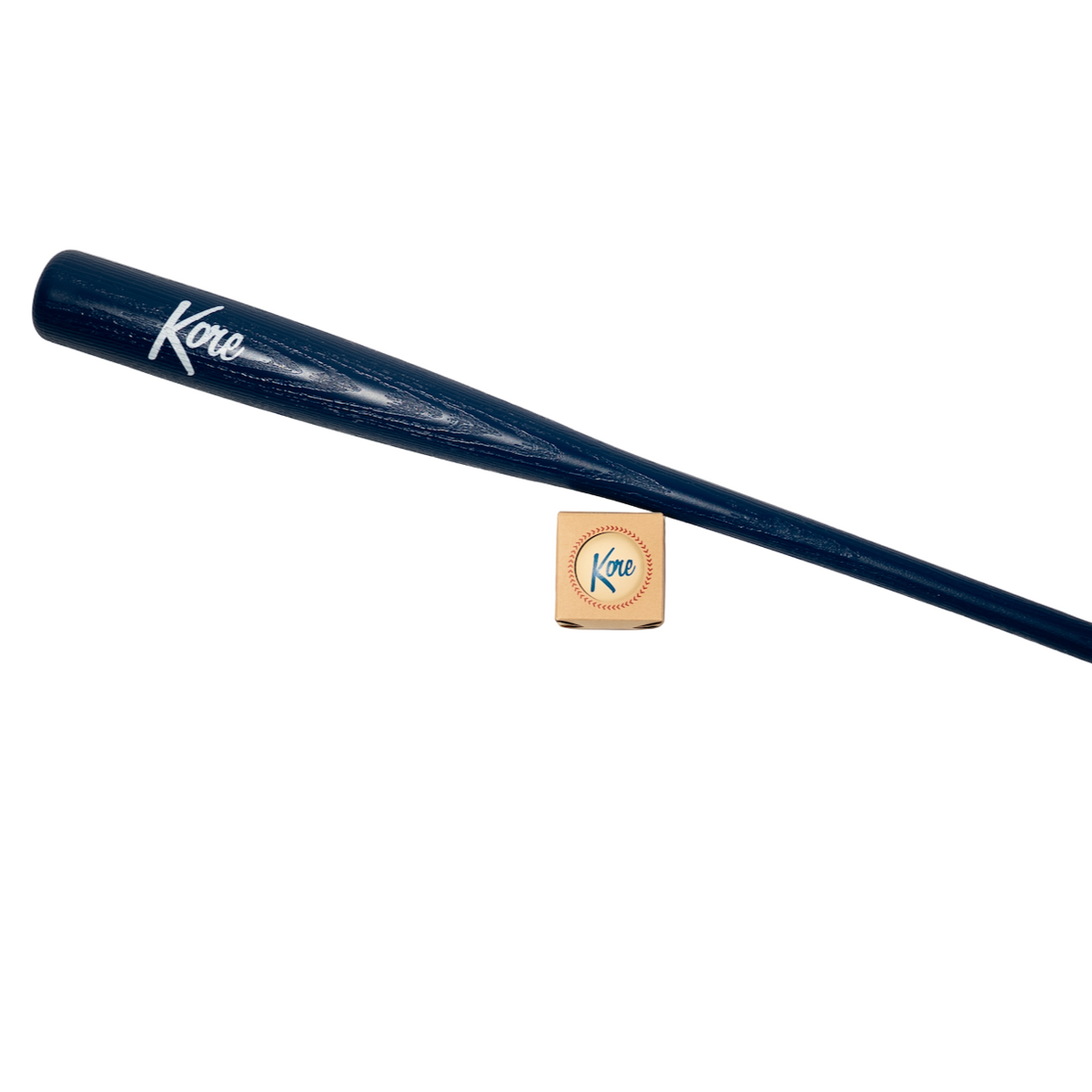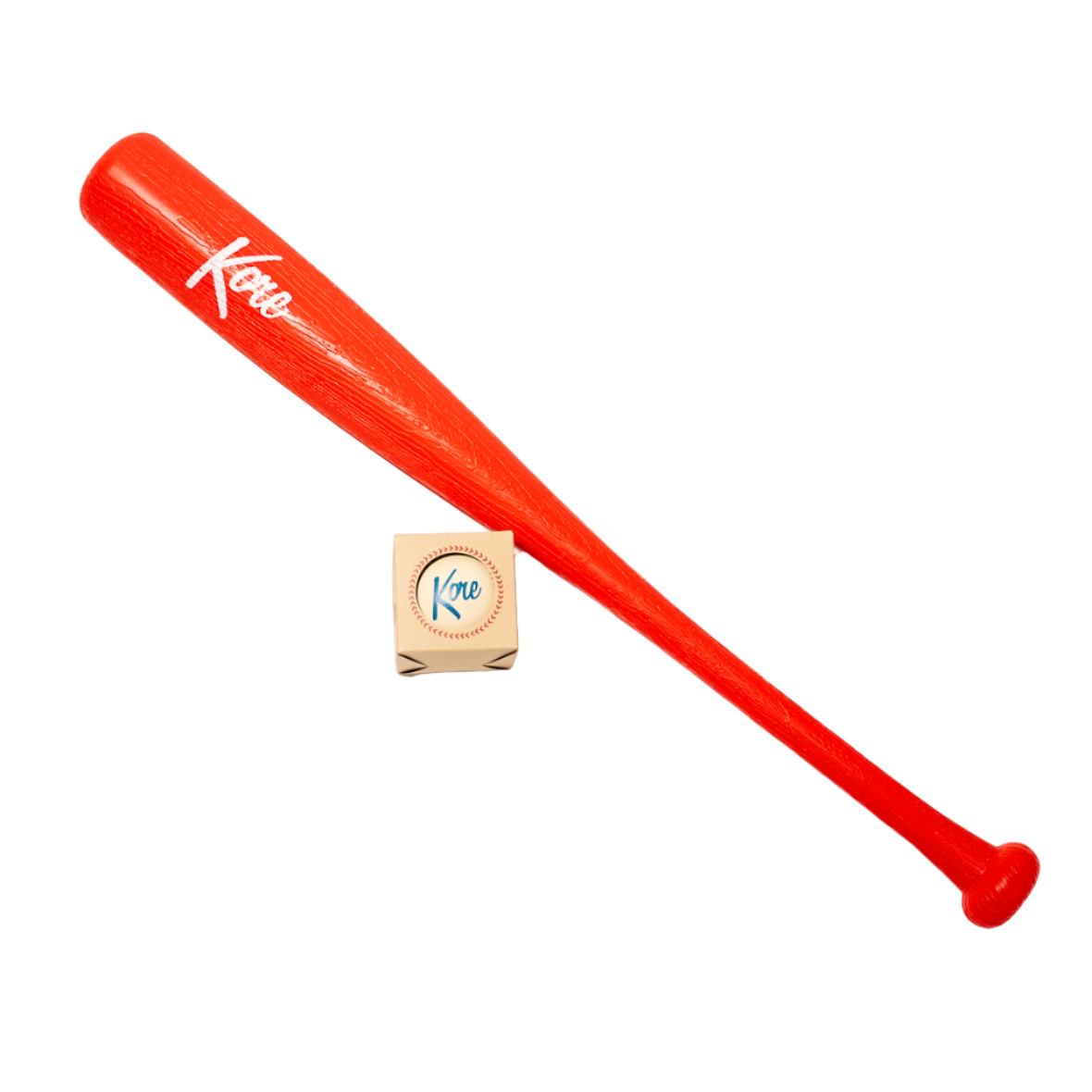Understanding the Fundamentals
When it comes to excelling in baseball, speed and agility play crucial roles in a player's performance. Before diving into specific training strategies, it's important to understand the fundamentals of these athletic attributes. Speed can be defined as the ability to cover ground quickly, while agility refers to the capacity to change direction swiftly and maintain body control.
There are several key components that contribute to baseball speed and agility. First is acceleration and first step quickness, which allows players to burst off the starting line or react swiftly to a play. Lateral quickness and change of direction are equally important, aiding players in moving laterally and making quick turns. Reaction time and reflexes play a significant role in responding to unexpected situations, while body control and balance are essential for maintaining stability and coordination during dynamic movements on the field.
Assessing Current Abilities
Before embarking on a journey to improve baseball speed and agility, it's essential to assess your current abilities. Conducting a speed and agility evaluation will provide a baseline for tracking progress and identifying areas for improvement.
The evaluation process includes measuring sprint time, evaluating change of direction skills, and assessing reaction time and reflexes. Measuring sprint time can be done using a stopwatch to record the time it takes to cover a predetermined distance. For evaluating change of direction skills, agility cone drills or shuttle runs can be performed to assess how quickly you can change direction while maintaining control. Additionally, reaction time and reflexes can be tested using drills that require quick responses to visual or auditory cues.
By establishing baseline metrics through a thorough evaluation, you can better track your progress and tailor your training plan to address specific weaknesses.
Training Strategies for Improving Speed and Agility
Once you have a clear understanding of the fundamentals and have assessed your current abilities, it's time to implement training strategies to improve your baseball speed and agility. These strategies encompass both off-field conditioning and on-field workouts and drills.
Off-field conditioning is crucial for developing overall athleticism and enhancing speed and agility. High-Intensity Interval Training (HIIT) is an effective method to improve cardiovascular fitness while promoting fast-twitch muscle fiber activation. Incorporating plyometric exercises, such as box jumps and medicine ball throws, can enhance explosive power and increase speed.
Strength and resistance training are equally important for improving speed and agility. Focusing on compound exercises like squats, deadlifts, and lunges can enhance leg power and stability. Incorporating resistance bands and weightlifting exercises targeting key muscle groups used in baseball movements, such as the hips, core, and upper body, can lead to significant improvements in overall athleticism.
On-field workouts and drills are specifically designed to translate off-field conditioning into baseball-specific actions. Sprinting techniques and running form should be emphasized, as proper mechanics can help optimize speed. Agility ladder drills challenge players to improve footwork, quickness, and coordination.
Cone drills, like the 5-10-5 drill or the T-drill, are excellent for improving change of direction. These drills simulate game-like situations where players need to make quick turns and react to different cues. Additionally, reaction time training with visual and auditory cues, such as the light/reactive ball drill, can enhance explosiveness and improve decision-making on the field.
Enhancing Baseball-Specific Speed and Agility
In addition to general speed and agility training, it is important to focus on baseball-specific skills to excel on the diamond. Different positions require specific athletic abilities, and tailoring your training accordingly can maximize your performance.
Infielders should focus on quick reactions and fielding techniques. Incorporating drills that include rapid glove work, accurate throws, and efficient footwork can significantly improve infielders' ability to make quick plays and turn double plays effectively.
Outfielders should emphasize efficient route running and exceptional ball-tracking skills. Exercises that involve tracking fly balls, reading the ball off the bat quickly, and practicing various positioning scenarios can greatly improve outfielders' defensive capabilities.
Catchers can enhance their agility through training exercises that emphasize blocking and throwing skills. Quick reaction time and efficient movements when receiving pitches, blocking balls in the dirt, and making accurate throws to bases are essential for catchers.
Furthermore, base running skills play a significant role in a player's overall speed and agility. Focusing on stealing bases, improving acceleration, and refining sliding techniques can give you an edge on the basepaths. Additionally, learning to read pitches effectively and taking proper leads can lead to more successful steals and advanced base running.
Injury Prevention and Recovery
While training to improve speed and agility, it is crucial to prioritize injury prevention and recovery. Incorporating proper warm-up and stretching routines before each training session or game can minimize the risk of strains and sprains. Dynamic warm-up exercises, such as leg swings and arm circles, help increase blood flow, enhance flexibility, and prepare your body for intense physical activity.
Stretching techniques focused on improving flexibility should target specific muscle groups commonly used in baseball movements. Stretching exercises for the legs, hips, shoulders, and upper body can help maintain optimal range of motion and reduce the likelihood of injuries.
In the event of an injury, proper rehabilitation exercises are essential for a safe and successful recovery. Specific exercises that strengthen the ankle and knee joints, such as balance exercises and resistance band workouts, can aid in preventing future injuries. For the shoulder and elbow, mobility drills combined with strength training exercises can help regain stability and function. Core stability exercises should also be incorporated to provide a solid foundation for overall body control and prevent imbalances.
Monitoring Progress and Adapting Training Plans
Tracking your progress is vital to evaluate the effectiveness of your training plan. Regularly measuring performance metrics, such as sprint times, agility test results, and reaction times, allows you to gauge improvements objectively. Keeping a journal or using tracking apps can help you monitor your progress over time.
Periodic reevaluation is crucial to identify areas that need additional focus. By assessing your strengths and weaknesses and seeking feedback from coaches or trainers, you can make necessary adjustments to your training plan and target specific areas for further development.
Furthermore, seeking professional guidance can provide valuable insights and personalized training plans tailored to your specific needs. Sports trainers, coaches, or physical therapists can provide expert advice and support to optimize your speed and agility training regimen.
Mastering the diamond requires a combination of speed, agility, and baseball-specific skills. By understanding the fundamentals, assessing your abilities, and implementing training strategies, you can improve your speed and agility on the field. Prioritizing injury prevention and recovery, monitoring progress, and adapting training plans will help you continue to enhance your performance over time. So lace up your cleats, hit the field, and keep striving for excellence in your baseball speed and agility!
Remember, consistent training, dedication, and a focus on proper technique will set you on the path to becoming a faster, more agile baseball player. With these skills honed, you'll be ready to excel in any position on the diamond.





